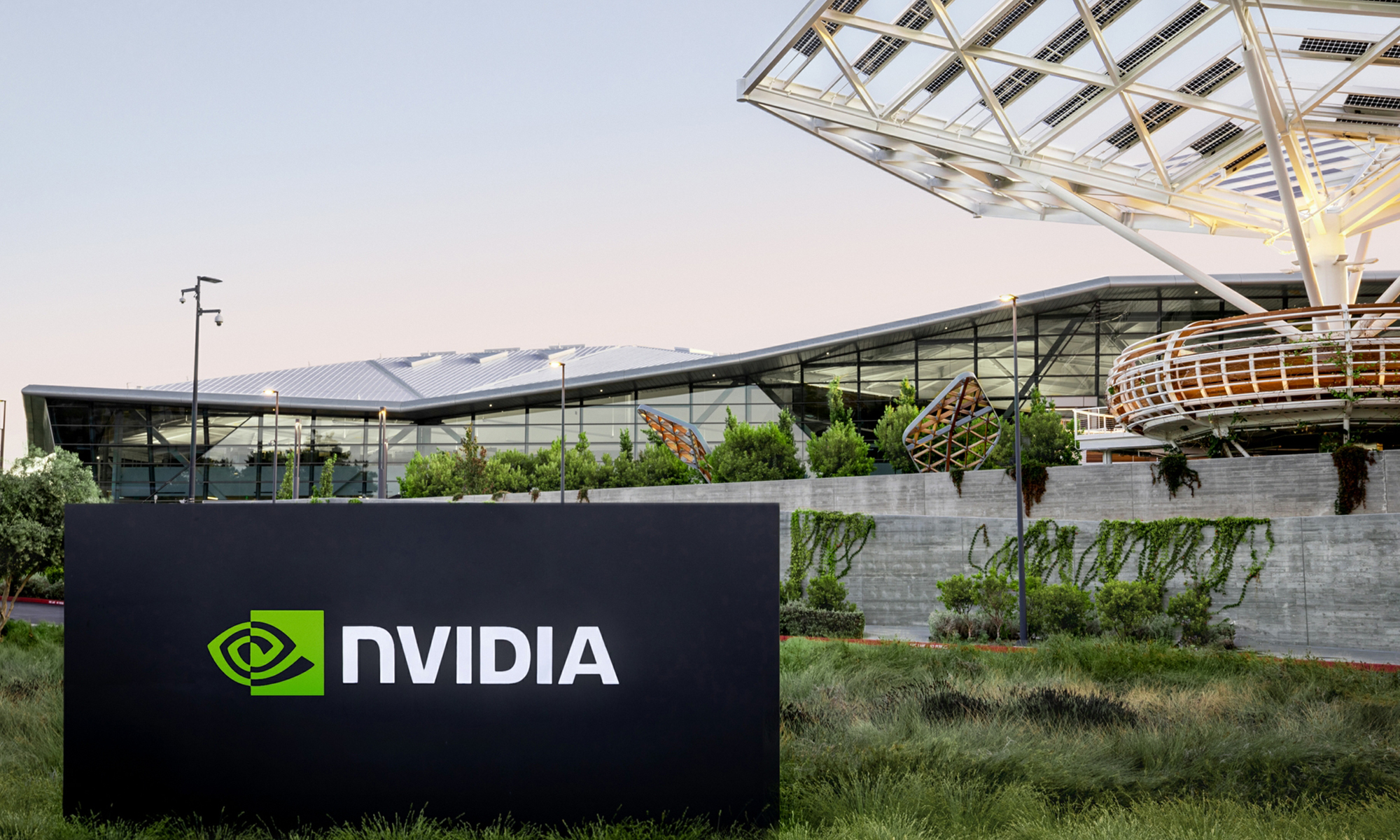Digital adoption is accelerating worldwide, from cloud platforms to artificial intelligence (AI)-driven services. Unsurprisingly, companies building digital infrastructure or offering breakthrough digital innovations are seeing demand compound rapidly. Some of these technology companies are exceptionally well positioned to capture these massive tailwinds.

Image source: Getty Images.
Here's why the share prices of these two technology stocks could grow dramatically in the coming years.
Nvidia
Nvidia (NVDA +3.80%) positioned itself as a major AI infrastructure player and continues to demonstrate strong growth momentum. The company expects revenues to be $45 billion, plus or minus 2%, in the second quarter of fiscal 2026 (ending July 27, 2025) despite an estimated $8 billion headwind from halted H20 shipments (a China-compliant alternative to Nvidia's high-end AI chips) to China.
Management also expects generally accepted accounting principles (GAAP) gross margins to be 71.8%, plus or minus 50 basis points, in the second quarter, which is getting closer to its target of the mid-70% range by the end of fiscal 2026.

NASDAQ: NVDA
Key Data Points
Loop Capital's analyst John Donovan projects spending on graphics processing units (GPUs) and custom AI accelerators could reach roughly $2 trillion by 2028, representing 50% to 60% of global computation infrastructure spend, up from just 15% in 2025. Nvidia stands to be a key beneficiary of this shift with its Blackwell GPUs launched in the fourth quarter of 2024 and optimized for inference workloads that power real-world AI applications.
The Blackwell platform is already ramping at the fastest pace in Nvidia's history, underscoring its dominant position in this expanding market. Nvidia's Blackwell systems are also in demand in the sovereign AI infrastructure projects across the Middle East and Europe.
China also remains a potential growth catalyst for Nvidia. Although restrictions on H20 exports negatively affected performance in the past few quarters, Nvidia is rumored to be developing a powerful AI chip (the B30A) specifically for China that is based on the advanced Blackwell architecture. U.S. President Donald Trump seems inclined to allow the company to sell a less advanced version of the Blackwell chip to China. Hence, even with a 15% revenue-sharing agreement with the U.S., Nvidia stands to benefit from the robust demand trends in China.
In addition to GPUs, Nvidia is strengthening its software ecosystem, which has helped build a sticky customer base. The company's Omniverse platform is gaining traction with industrial customers for design and robotics, while enterprises are increasingly adopting Nvidia AI Enterprise to scale AI workloads across cloud and on-premise environments.
Nvidia trades at around 36 times forward earnings -- a premium valuation that seems justified, considering the company's solid and well-entrenched advantages in the AI market. Considering the strong financial guidance, accelerating adoption of Blackwell systems across enterprise and sovereign AI markets, and expanding software ecosystem, Nvidia's shares could continue to rise rapidly in the coming months.
Micron Technology
Micron Technology (MU +6.99%) has become a key memory supplier to the AI industry and continues to show strong momentum. In the third quarter of fiscal 2025 (ended May 29, 2025), the company saw revenues jump 37% year over year to $9.3 billion and adjusted earnings per share of $1.91, beating Wall Street expectations.
Sales to data centers more than doubled, driven by robust demand for high-bandwidth memory (HBM) and DRAM on the back of AI infrastructure growth. Micron also reported free cash flow of over $1.9 billion -- the highest quarterly performance in the past six years, reflecting the strength of its product mix and demand environment. Micron now expects revenue of $10.7 billion and improved profitability in the fourth quarter.
International Data Corporation (IDC) estimated that by 2028, over 75% of global spending on AI infrastructure will go toward accelerated servers (GPUs and custom AI chips). Since this shift will require massive amounts of advanced memory, Micron will continue to benefit from this trend.

NASDAQ: MU
Key Data Points
The company's high-bandwidth memory 3rd-generation extended (HBM3E), an advanced technology generation offering improved performance and speed, continues to witness strong demand. The company's HBM chip capacity is already booked for the calendar year 2025.
Micron expects its global HBM market share to be nearly equal to its DRAM share, which is between 20% and 25%, in the second half of 2025. With the company estimating HBM's target addressable market to be nearly $35 billion in 2025 and over $100 billion by 2030, this tailwind could dramatically drive up the company's top and bottom lines in the coming years.
Micron is also expanding its product base beyond traditional memory and storage solutions. It recently introduced AI-optimized storage solutions (SSDs, or solid-state drives) for data centers and specialized radiation-tolerant memory products for space applications. These moves are helping the company diversify into new verticals. The company also announced a $200 billion investment plan for the U.S., with $150 billion allotted for manufacturing and $50 billion for research and development.
Micron trades at 11.8 times forward earnings, lower than its historical five-year average of 17.5. Considering its AI-driven growth potential, there seems to be significant upside for this stock.
With record financial performance, a fully booked HBM pipeline, and rapid expansion in new markets, Micron is positioned to benefit disproportionately from the rapid expansion of AI infrastructure.





